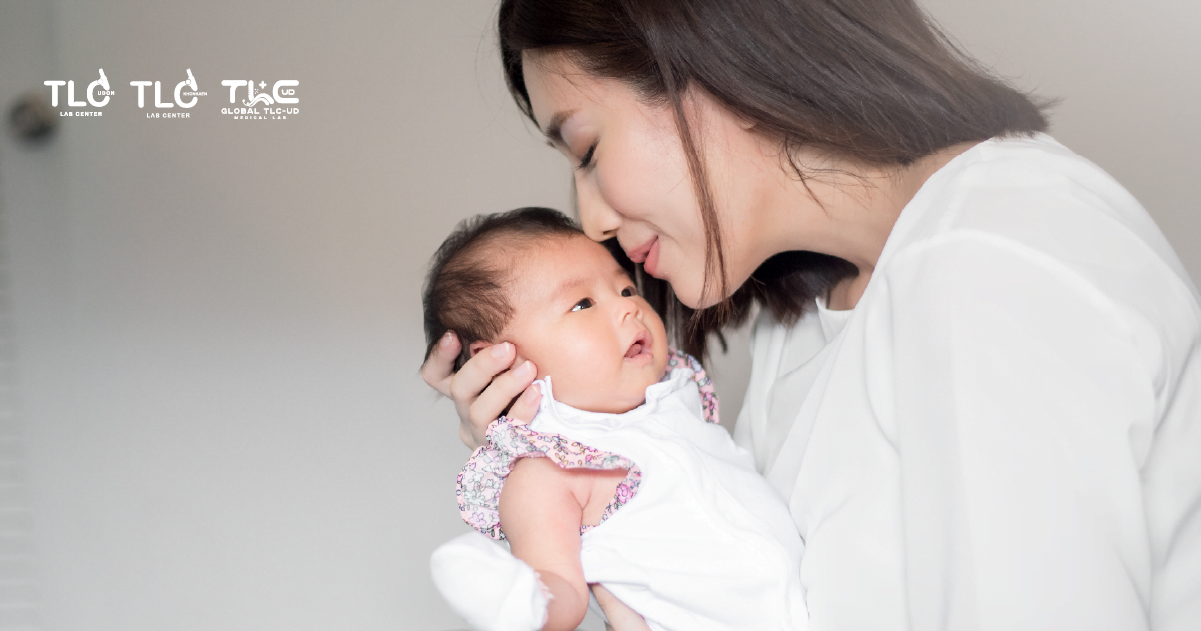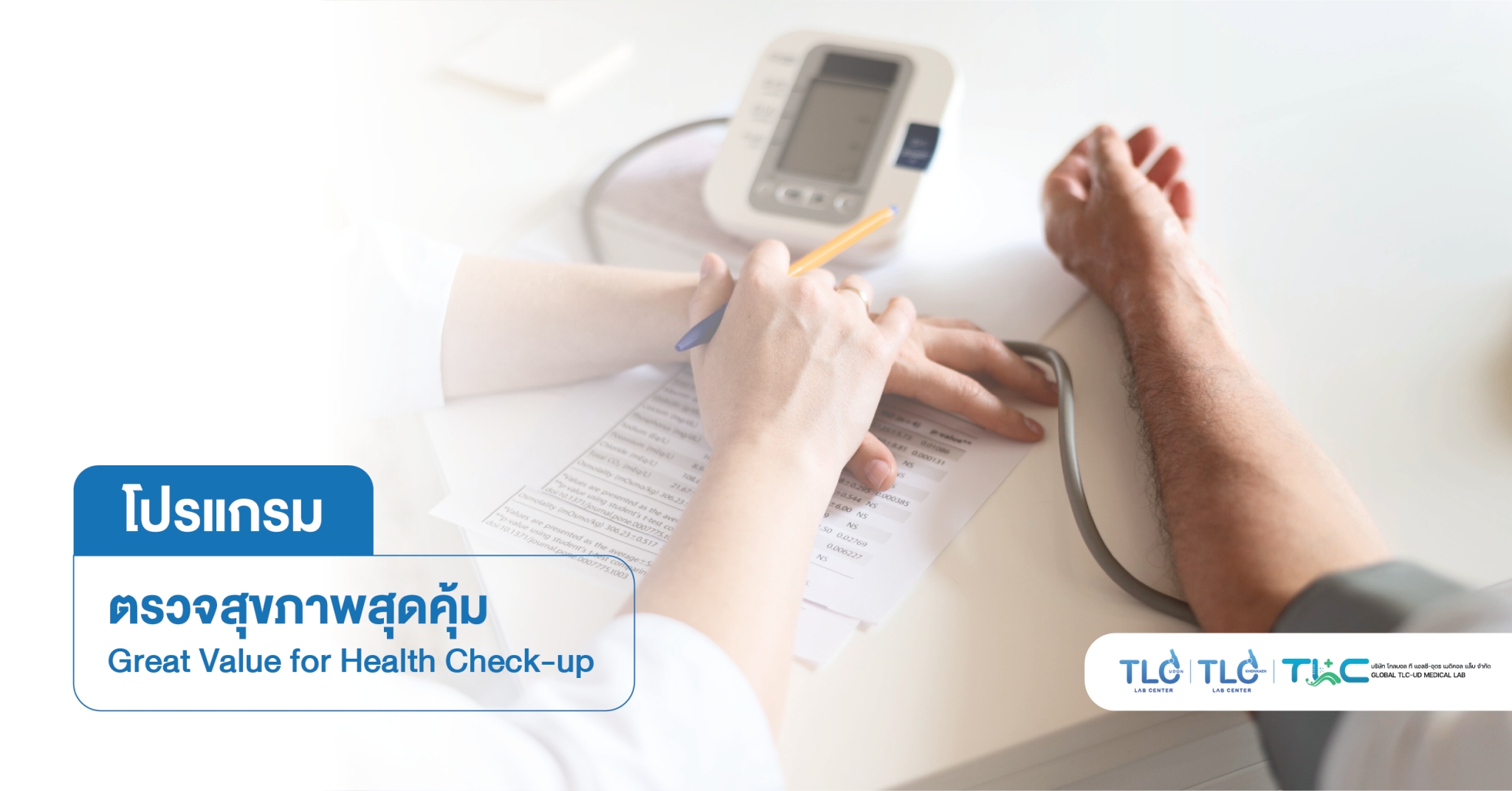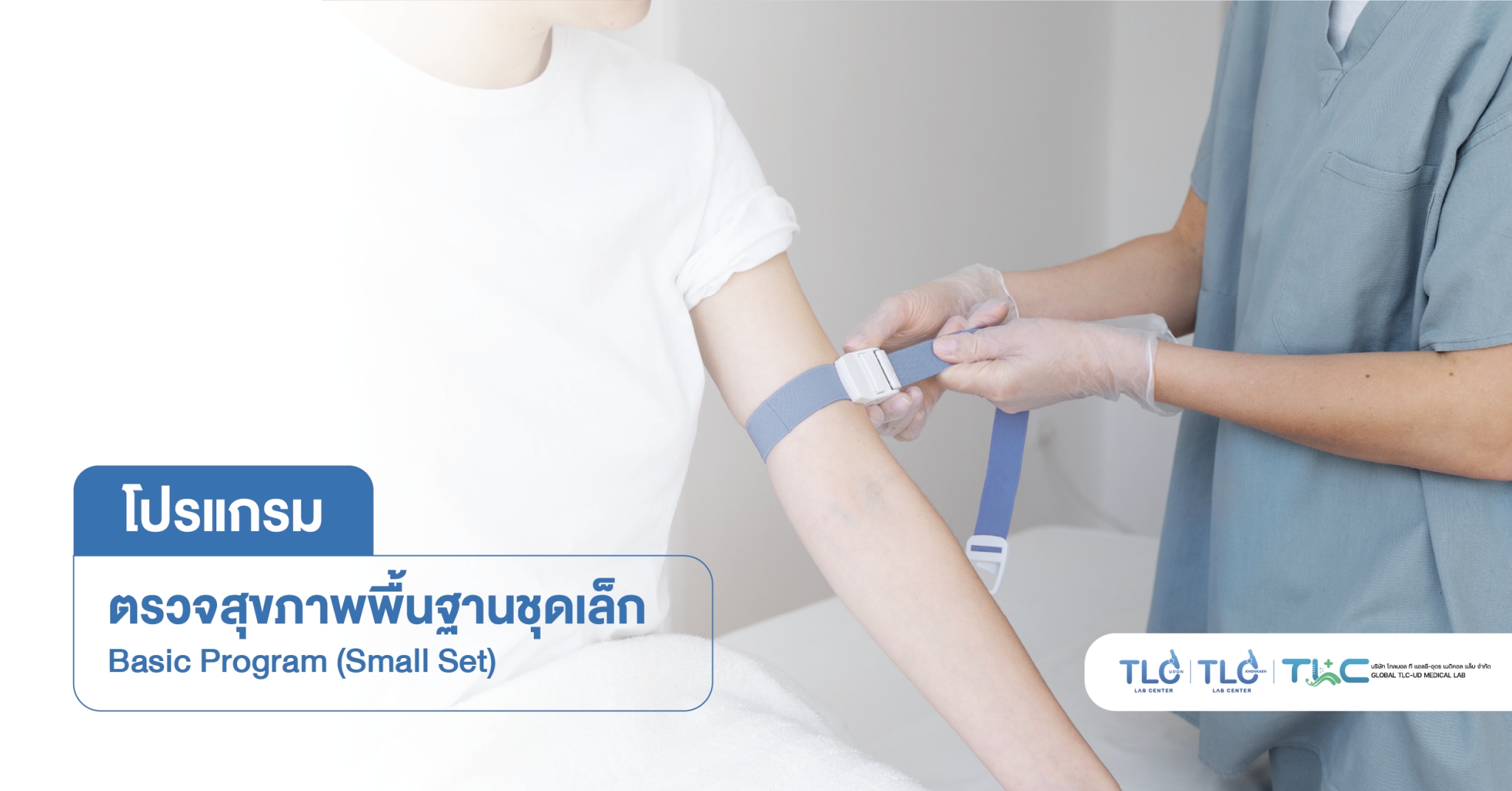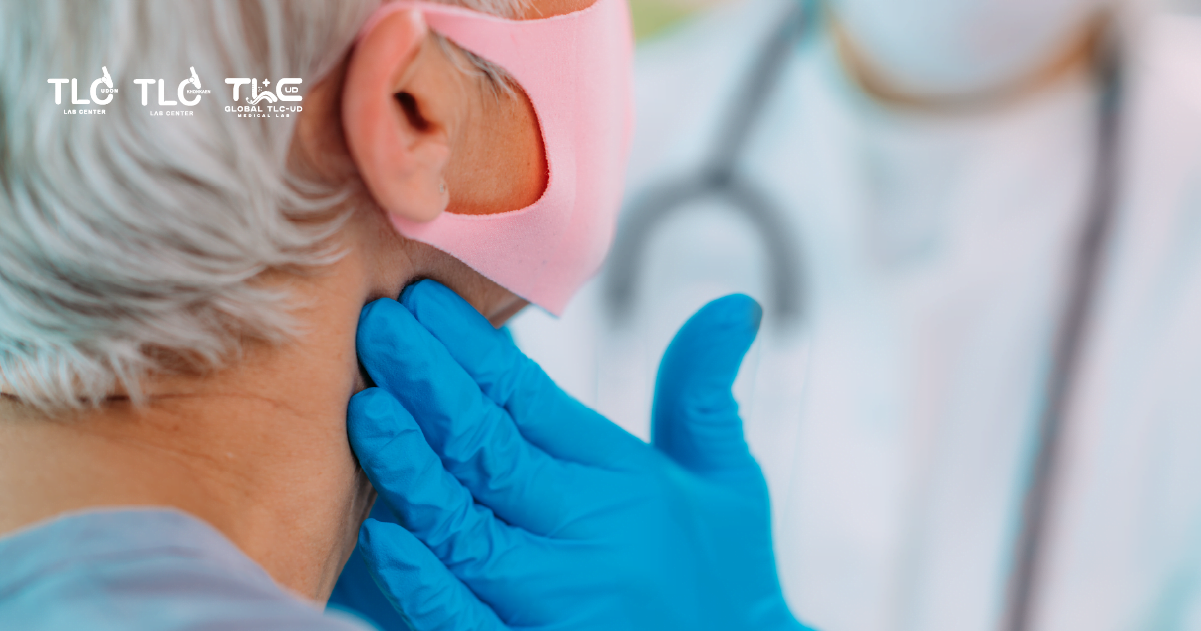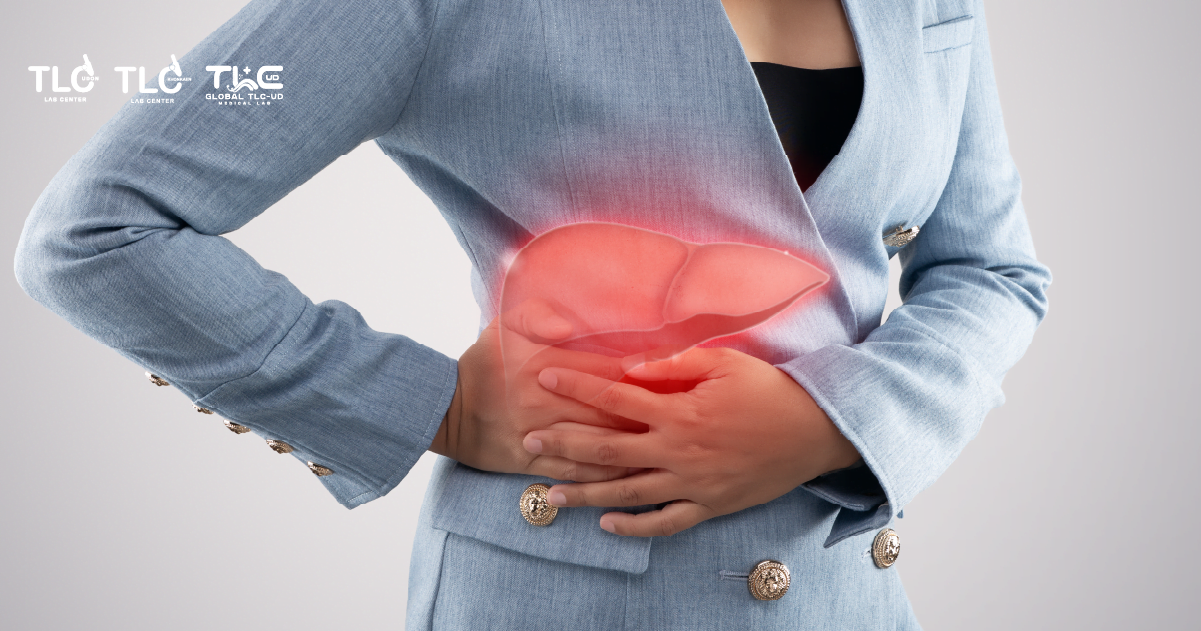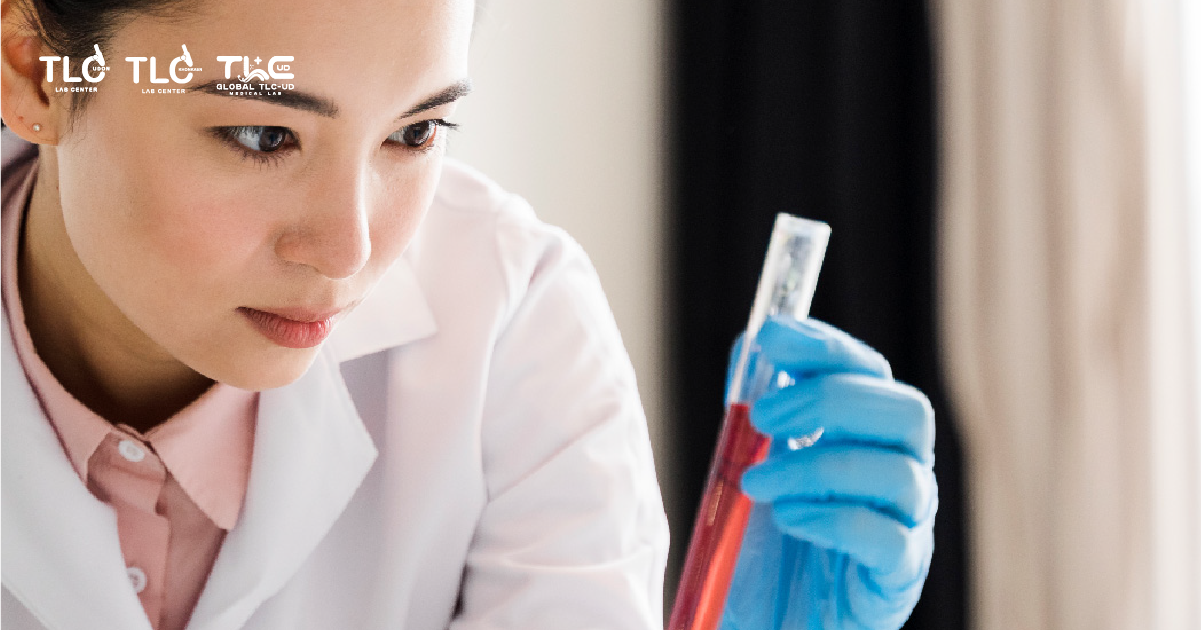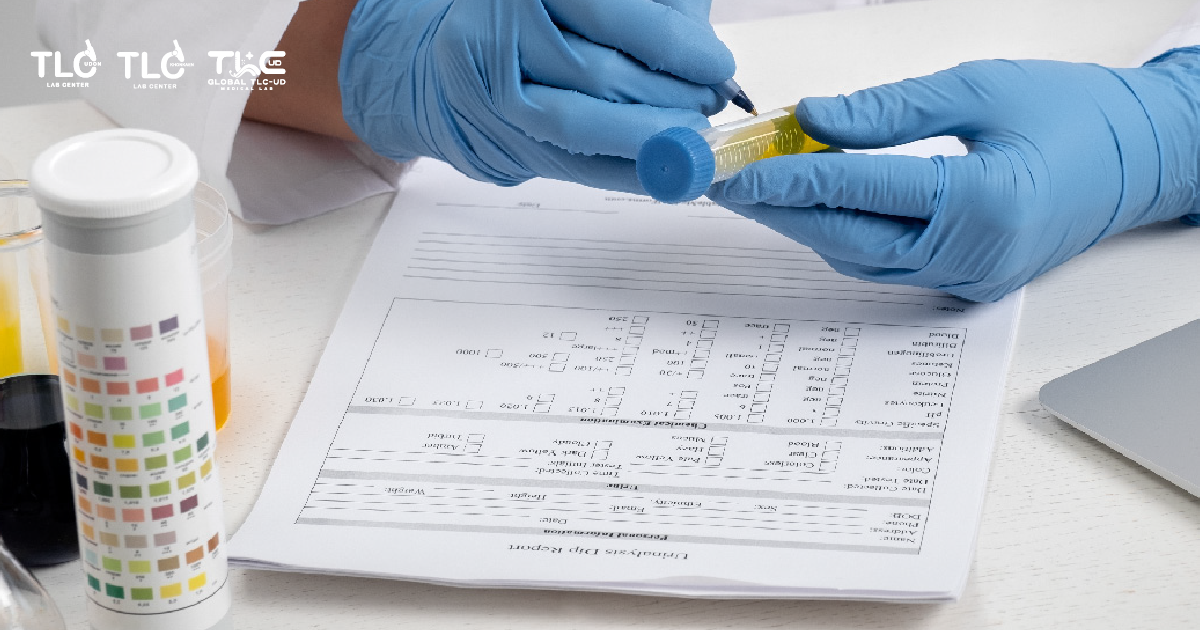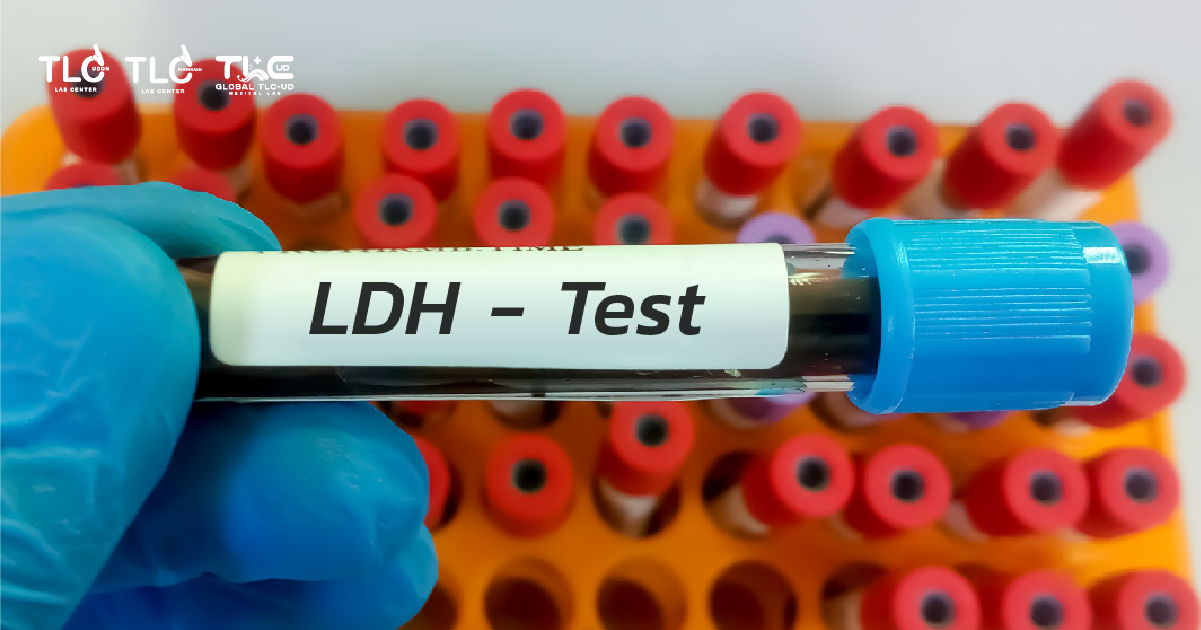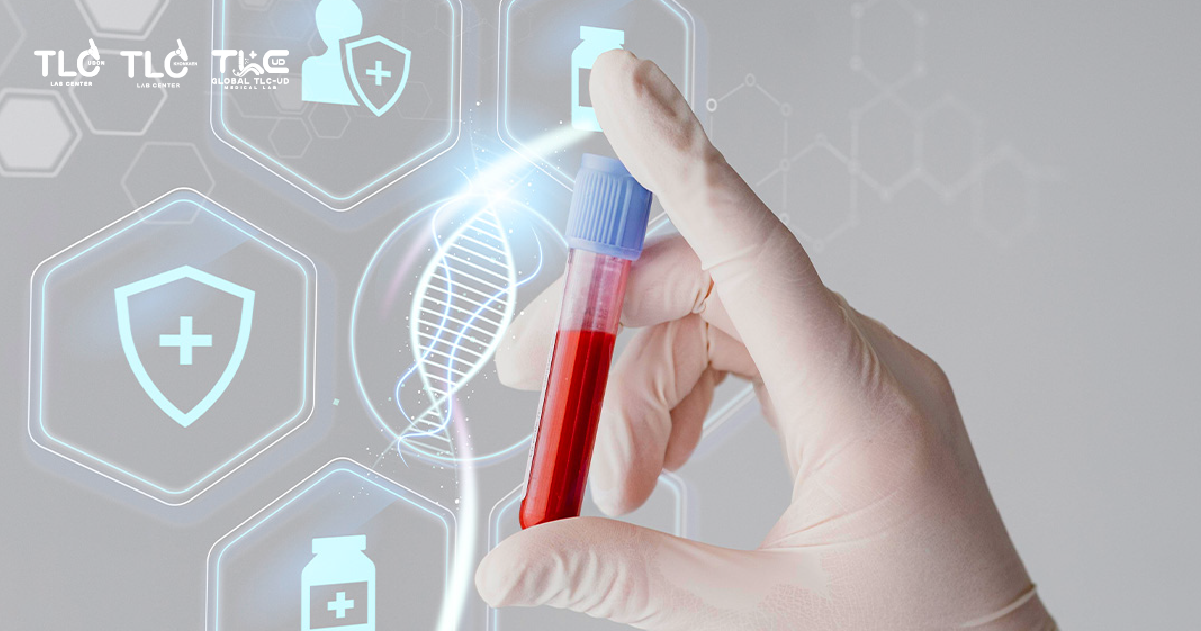Thalassemia anaemia is an anaemia caused by a decrease in the production of the globin chain, which is the main component of haemoglobin. Paleness, enlarged liver, enlarged spleen, face deformities and growth delays are possible.
It is an autosomal recessive gene inherited disease that is common in Thailand and is very important in Thai public health. Regular blood and lifelong iron chelation or haematopoietic stem cell transplantation. This requires high treatment costs, making it necessary to control and prevent new cases of thalassemia.

Thalassemia How many types are there?
Thalassemia is divided into 2 main types: alpha thalassemia and beta thalassemia.
1. What is alpha thalassemia?
Alpha thalassemia is caused by a mutation in a gene that controls the production of alpha globin on chromosome 16.
- Alpha thalassemia trait: If there is an abnormality in 1-2 genes, it is called latent thalassemia or thalassemia trait, which is not considered a disease. In most blood tests, red blood cells are found to be small.
- Hb H disease: If there are 3 abnormal genes, it is called thalassemia. Patients may have anaemia, but it is usually mild, does not require regular blood transfusions, but may have acute haemolysis during fever or infection, and may have excess iron in the body.
- Infant edema hydrops fetalis: If there are 4 abnormal genes, it is called Hb Bart’s hydrops fetalis. Refers to full-body edema. Babies usually die in the womb or after birth, considered the most severe type of thalassemia. Couples, who wish to have children, should undergo screening to ensure that the baby is not at risk of the condition.
2. What is beta thalassemia?
Beta thalassemia is caused by a mutation in a gene that controls the formation of beta globin located on chromosome 11.
- Beta thalassemia minor carrier: If one gene is abnormal, it is called latent thalassemia or Thalassemia trait. It is not considered a disease, has no abnormal symptoms, and does not require treatment, but can be passed on to offspring. In blood tests, most of them are found to have small red blood cell sizes.
Beta thalassemia intermedia: Mild type of beta thalassemia disease: If the gene is abnormal in 2 location, the type is not severe. The patient will have anaemia, but it’s usually not severe. Most do not need regular blood transfusions, but there may be excess iron accumulated in the body. Therefore, you should see a doctor regularly. (Except for homozygous haemoglobin E abnormalities, this is not considered a disease. No need to treat as well as thalassemia carriers)
- Beta thalassemia major: If the gene is abnormal, with 2 sites of severe type, the patient will have severe pallor, enlarged liver, spleen. Facial changes, abnormal growth, osteoporosis, bloodstream infections, gallstones in the gallbladder, bone marrow growth outside the bone marrow, pulmonary artery pressure, chronic wounds on the legs, and often excess iron accumulation in various organs, negatively affecting the heart. liver and endocrine system. Patients need to receive blood transfusions on a monthly basis and be closely monitored for iron overload. Spouses who wish to have children should undergo screening to ensure that the baby is not at risk for the condition.
What are the symptoms of thalassemia?
Although the same type of thalassaemia, the symptoms of thalassemia are not the same for each person. It depends on the degree of severity of the hereditably transfused thalassemia carrier.
- With asymptomatic/no symptoms or mild anaemia, you may experience fatigue.
- Mild to moderate symptoms that may require occasional blood transfusions with the following symptoms:
- Frequent tiredness, fatigue
- Mild pallor
- Slow growth
- The heart works harder than normal.
- Delayed puberty
- Bone abnormalities such as osteoporosis
- Enlarged spleen
- People with severe symptoms diagnosed with Thalassemia major or Cooley’s anaemia who need regular blood transfusions. They usually have the following symptoms:
- Poor appetite
- Severe skin pale due to acute haemolytic crisis
- Jaundice, yellowing of the eyes
- Urine is dark or tea coloured
- Brittle bones that break easily
- Difficulty breathing
- Have abnormal facial bone structure with thick skull, high cheekbones, high forehead due to bone marrow enlargement.
- Maternal or postpartum foetal mortality with extreme pallor, oedema and heart attack

Thalassemia is prevented by:
- Consulting a doctor for a blood test before marriage or at the latest before having children to see if they are carriers.
- Prenatal care as soon as you know you are pregnant, so that the doctor can diagnose the foetus for any abnormality.
- Recommendation to relatives that siblings should take a special blood test to see if they are carriers and consult a doctor before marriage to plan their family appropriately.
How to diagnose thalassemia:
Diagnosis of thalassemia. This can be done by blood tests, which can be done in 3 ways:
- CBC is a complete blood cell test.
- Hb typing can detect beta thalassemia, carriers of beta thalassemia, and alpha thalassemia
- PCR for alpha thalassemia can detect alpha thalassemia carriers.
Thalassemia Diagnostic Program
- CBC
- Hb typing
- PCR for alpha thalassemia


